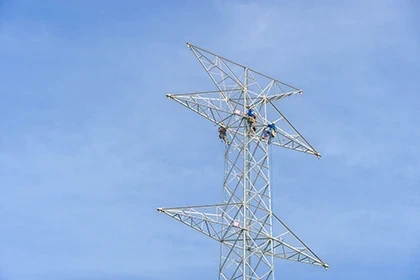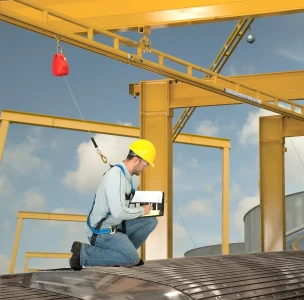
How Utilities Can Navigate the Energy Transition
The energy transition is an evolving process that is reshaping the utility sector, bringing both opportunities and challenges. As utilities face the need to shift from fossil fuels to cleaner, more sustainable sources of energy, they must develop strategies that address immediate operational needs while also planning for long-term transformation. In navigating this complex transition, utilities must balance near-term action with long-term vision. Here’s how utilities can approach this evolving landscape with both pragmatism and...















